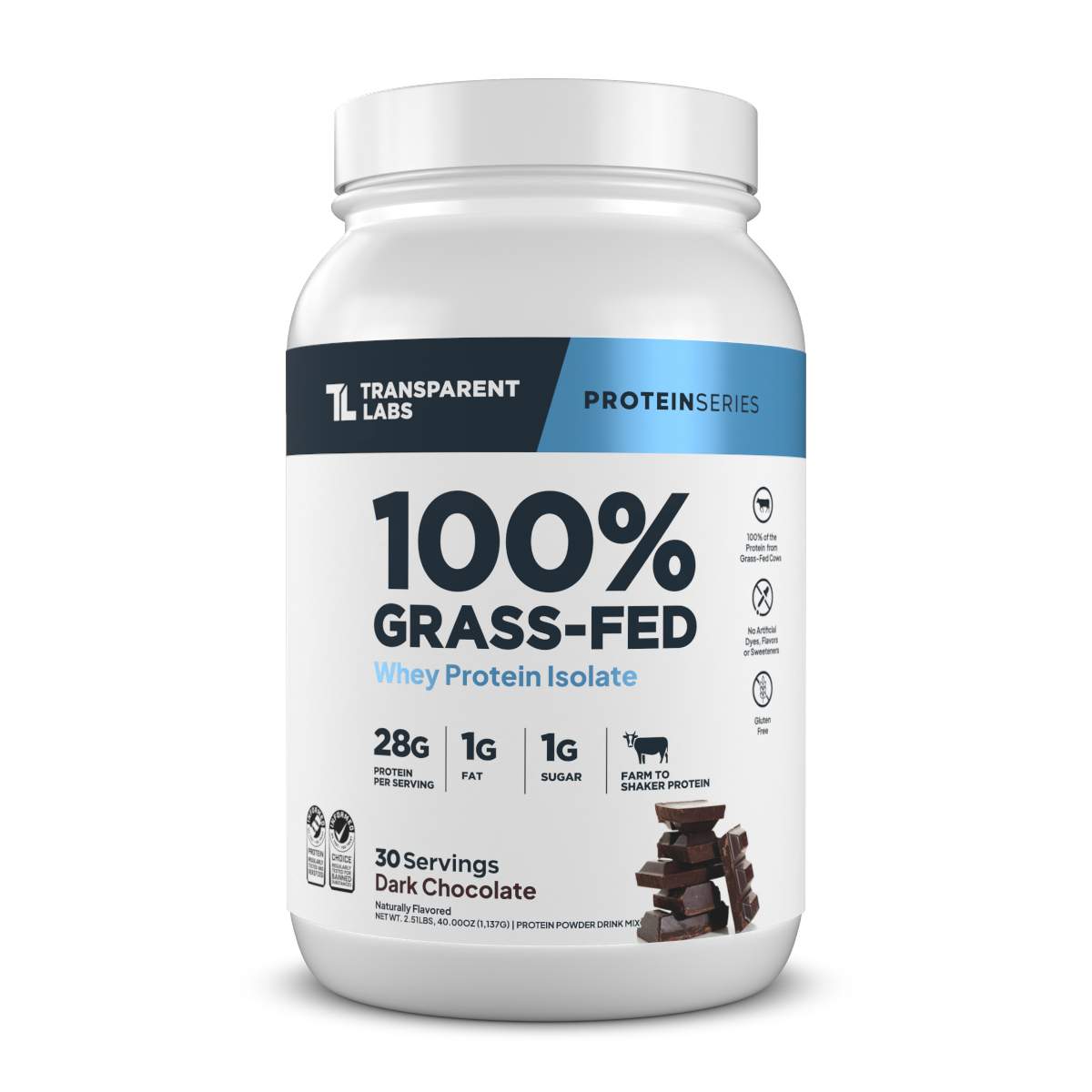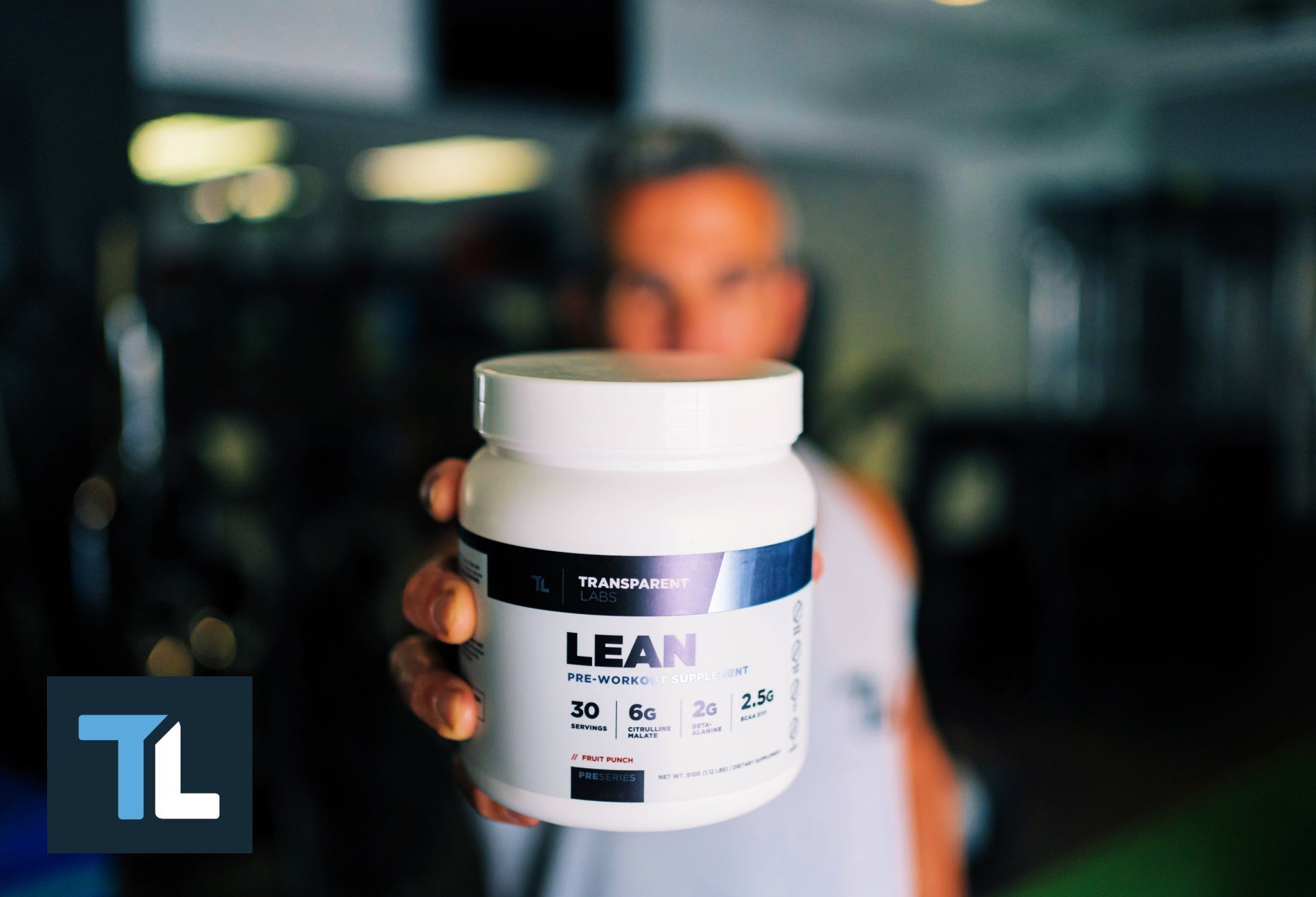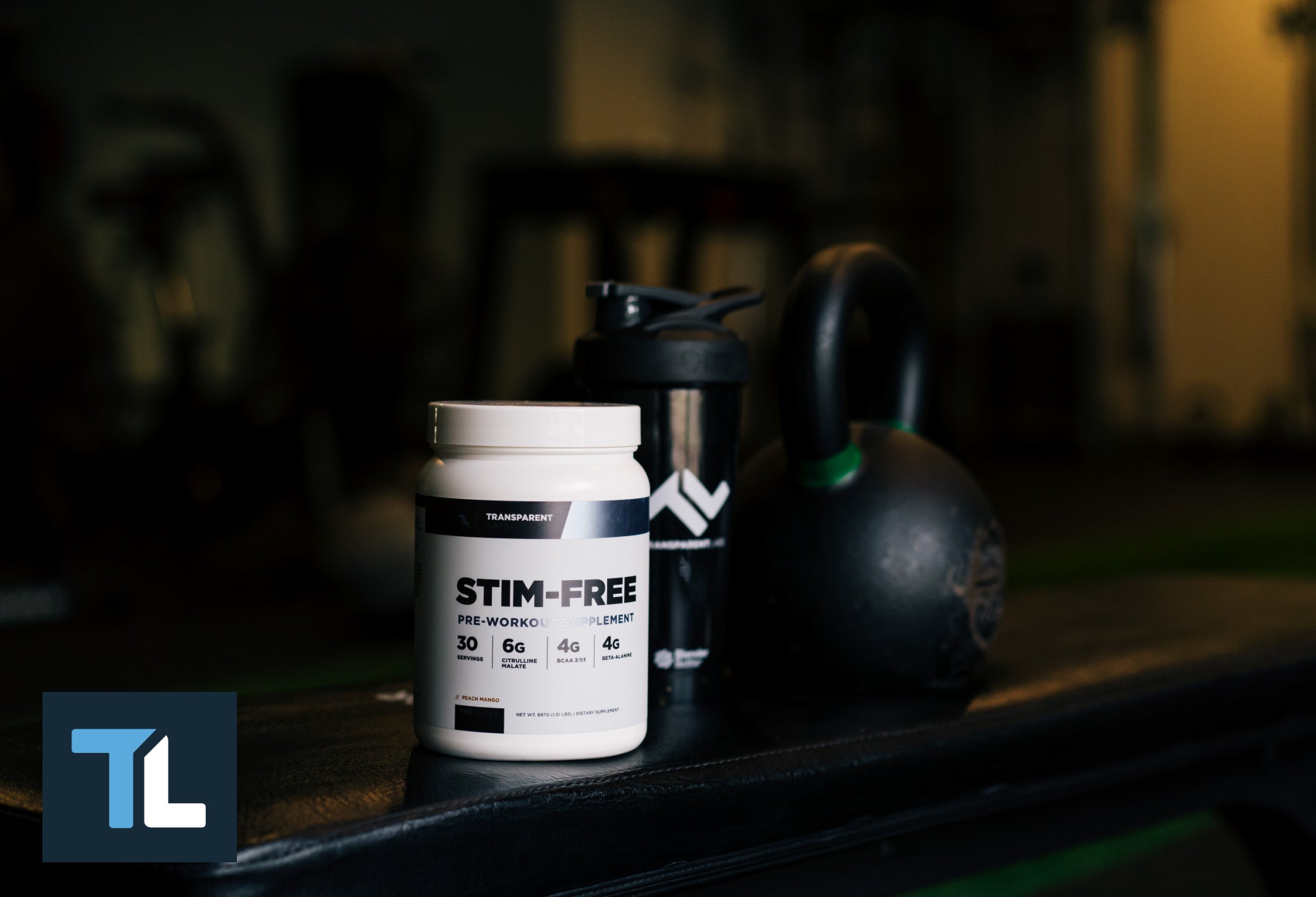You know the saying, "Never skip leg day." But even on the most gut-wrenching (er, quad-wrenching?) leg day, your hamstrings are often overlooked.
When training the lower body, many athletes focus on quad-dominant exercises, such as leg extensions, barbell squats, leg presses, and lunges. Over time, this leads to an underdeveloped posterior-chain — the muscles that make up the back of the body.
Just as with the muscles on the anterior side of the body, working the entire posterior chain is critical — not only for your training but for your overall quality of life. Training the backside of the body — including your glutes, hamstrings, calves, and back muscles — helps reduce the risk of injuries (particularly in your knees and hips), counterbalances the front side of your body (like your core, quadriceps, and chest muscles), and allows you to power through explosive movements (like broad jumps, box jumps, or pushing a sled).
Hamstring exercises are a vital component of any training program. Below, we’ll explain why hamstring exercises are essential and go over various movements to work into your leg day workout.
Please note: This post is meant for informational purposes only and should not be taken as medical advice. Before beginning any new workout regimen, please consult a personal trainer.
Why Hamstring Exercises Are Important

There are three primary reasons to incorporate hamstring exercises into your lower body training program: preventing injury, improving functionality, and developing strength.
1. Hamstrings Prevent Injury in Your Lower Back and Knees
When you think "hamstring injuries," your mind probably wanders to a sprinter or running back, clutching his hamstring in pain.
And while a hamstring tear is a common injury — especially amongst explosive and competitive athletes — it's not the only injury resulting from weak hamstrings.
The back of your body — your legs, back, and glute muscles — works together as a complete system. As described by the Asian Spine Journal, building up strength in your hamstrings takes the pressure off your trunk — particularly your lower back muscles.
In addition, since so many lower body exercises target the quads, many of us lose the mind-muscle connection with our glutes and hamstrings. In other words, we can't fire our hamstrings through exercises that could require both the front and back sides of the legs, like Bulgarian split squats. This forces our quads to pick up the extra slack, which can manifest in knee pain, according to the Journal of Physical Therapy Science.
2. Hamstring Exercises Are Essential to Functional Living
Whether you realize it or not, you use your hamstrings in everyday activities, even when bending down to pick up a laundry basket (much like a deadlift) or walking down the street to grab the mail. In fact, your heel striking the pavement is the beginning step to a hamstring curl.
3. Hamstring Exercises Give You Better Balance and Lower Body Strength
If you want legs like tree trunks, you can't ignore your hammies.
Strong hamstrings give your lower body power. When you explode into a vertical jump, perform single-leg bounds down the turf, or sprint out of the starting blocks, your hamstrings are going to work.
In addition, like a pendulum accepting an equal and opposite reaction, your hamstrings are what allow you to land these movements safely. When you land safely after a powerful box jump, skater lunge, or squat jumps, you can thank your hamstrings for allowing you to touch down softly without damaging your knees.
4 of the Best Hamstring Exercises to Work Into Your Leg Workout

Come leg day, your hamstrings are one of the largest, most powerful, yet frequently ignored muscle groups. Stop neglecting your posterior chain by incorporating these four hamstring exercises into your leg day workout:
1. Romanian Deadlift
To do a Romanian deadlift, load a barbell and stand with your feet shoulder-width apart, toes pointed forward. Hinge at your hips and bend at the knees, lowering to grab the bar. Your hands should be slightly wider than shoulder-width apart.
Roll your shoulders back and down, tuck your chin, squeeze your core, and activate your glute muscles as you stand up. Once you come to a standing position, hinge at your hips again into a good morning (bringing your butt toward the back wall), lowering the bar so it doesn't quite touch the floor. Return to standing.
2. Glute-Ham Raise
To perform a glute-ham raise, you will need to lock yourself into a GHD machine (glute-ham developer). If you don't have a GHD, you can perform this exercise by tucking your heels underneath a barbell or low ballet bar.
Lock yourself facedown into the GHD, with one roller placed above and one placed below your ankles. Extend your entire body into a straight line. Cross your arms over your chest.
Lower your upper body toward the floor. Then, squeeze your hamstrings and glutes as you bring yourself back to your starting position (so your body is back in a straight line). Lower yourself again, then do another rep.
3. Single-Leg Glute Bridge
To perform a single-leg glute bridge, start by laying on your back. Bend your knees and bring your glutes in toward your butt, keeping your feet hip-width apart.
Next, squeeze your glutes and push off from your heels so you're in a glute bridge. Push your left heel into the ground as you bring your right knee in toward your chest. Extend your right leg, so it's perpendicular to the floor, then lower both hips toward the floor. Squeeze your left glute as hard as you can, and press your left foot into the ground as you return to the starting position. Do all repetitions on your left leg, lower your right foot to the ground, and then repeat on your right leg.
To transform this exercise from a bodyweight to a weighted exercise, place a dumbbell on your hips (you may place a towel underneath the dumbbell for comfort).
4. Kettlebell Swing
To perform a kettlebell swing, place the kettlebell on the ground roughly 6 inches to 1 foot in front of you. Sit back on your heels and roll your shoulder blades back and down, hinging at your hips so you can grab the top part of the kettlebell.
Swing the kettlebell back between your legs as if you're hiking a football. When you reach your end range of motion, squeeze your glutes and hamstring muscles, performing a hip thrust as the kettlebell swings forward. When your arms are parallel to the ground and your back is straight, hinge at your hips again, sending the kettlebell back between your legs.
Make Hamstring Exercises a Regular Part of Leg Day
Incorporating hamstring workouts into your strength training routine is vital to your leg development. Strong hamstrings prevent injuries, make you more explosive, and offer the functional training crucial to everyday life. In addition, hamstrings help counter-balance your quads and reduce strain on the knees during movements like squats and lunges.
Deadlifts, kettlebell swings, glute-ham raises, and bridges are four effective exercises to strengthen your hamstrings. Most of these exercises can be modified to suit your fitness level.
To help recovery and stimulate hamstring growth, consume protein within 30 minutes of your leg workout. Transparent Labs offers 100% Grass-Fed Whey Protein, 100% Grass-Fed Casein Protein, and Organic Vegan protein powder to help you meet your daily protein needs. Simply mix it with water or your post-workout smoothie to help encourage muscle growth.


















































